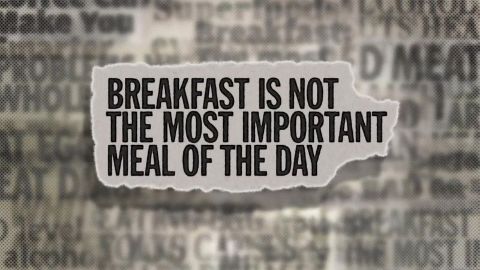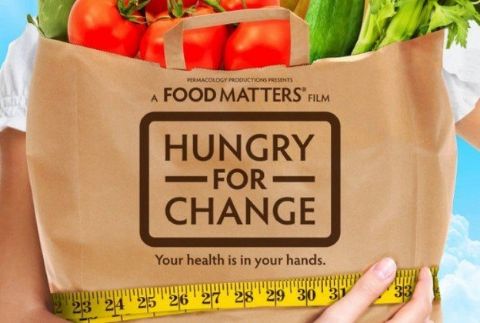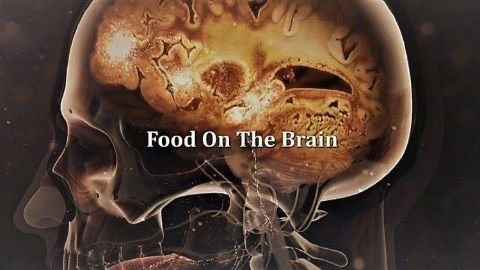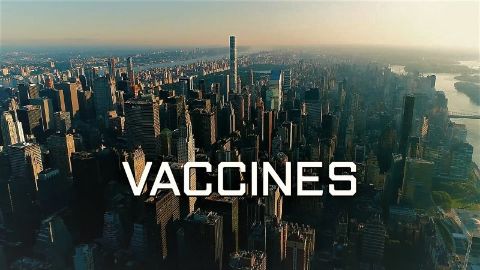The Truth About... Dementia • 2016
Angela Rippon investigates the disease that took her mother's life and is now starting to affect her friends. She undergoes a series of tests to discover if she has any early signs of the disease and makes the difficult decision about whether to take a genetic test that could predict her future risk. Along the way, Angela finds out some of the surprising ways people can help to protect themselves. She discovers why getting a good night's sleep could help prevent Alzheimer's and how learning a new language might be more effective than any current drug treatment. Angela also visits a number of people who are living with the disease, including Bob, the husband of one of her oldest friends. She meets families that carry a gene for early-onset Alzheimer's and discovers how they could be the best hope of finding a cure for this devastating disease.
Make a donation
Buy a brother a hot coffee? Or a cold beer?
Hope you're finding these documentaries fascinating and eye-opening. It's just me, working hard behind the scenes to bring you this enriching content.
Running and maintaining a website like this takes time and resources. That's why I'm reaching out to you. If you appreciate what I do and would like to support my efforts, would you consider "buying me a coffee"?
Donation addresses
BTC: bc1q8ldskxh4x9qnddhcrgcun8rtvddeldm2a07r2v
ETH: 0x5CCAAA1afc5c5D814129d99277dDb5A979672116
With your donation through , you can show your appreciation and help me keep this project going. Every contribution, no matter how small, makes a significant impact. It goes directly towards covering server costs.





